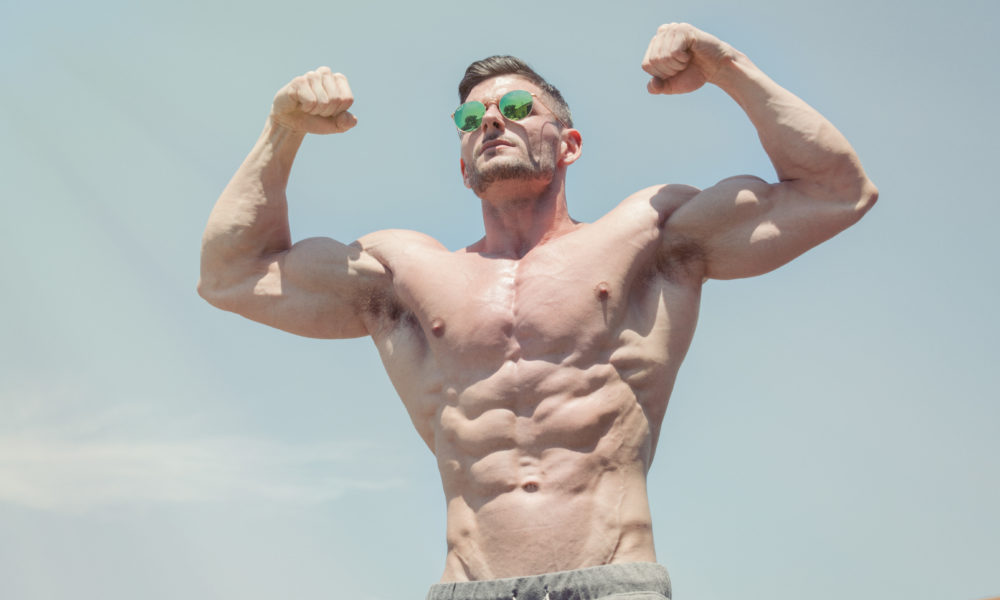

Some healthy golden rays might be the missing ingredient in your anabolic plan.
By George L. Redmon, PhD, ND
This review thoroughly explores all the available evidence concerning seasonal variations in testosterone levels. The impacts of melatonin, vitamin D, sleep-wake cycles, light exposure, physical activity, BMI, and waist circumference are also discussed.
—Baylor University College of Medicine
When you review the comments above by researchers at Baylor University’s College of Medicine, they imply that there is a verifiable link to declining levels of the anabolic hormone testosterone when the seasons change. Their remarks, however, appear to highlight that this irregularity has something to do with reduced exposure to sunlight. Those annotations also suggest that this reduced exposure to sunlight has a negative impact on various other hormones like melatonin that regulate normal sleep cycles. This mishap has been widely publicized due to the epidemic rise of body mass index (BMI) numbers and obesity here in the United States. Inadequate levels of sleep have been linked as a major causative factor in this epidemic, which disrupts normal fat-burning and hormonal-based metabolic mechanisms. Additionally, the remarks above also hint that reduced exposure to sunlight results in a marked decline in the production of the natural steroidal nutrient vitamin D, paralleled by slower rates of growth, despite consistent workouts. To this point, Richard Hobday, PhD, a leading authority on the history of sun therapy and the author of The Healing Sun: Sunlight And Health In The 21st Century notes that sunlight heightens the body’s capacity to transport oxygen directly to the tissues. Consequently, there is accumulated data that has revealed that workouts combined with exposure to sunlight have a greater impact on stamina, fitness, and muscular development than workouts alone.
Let “D” Sunshine In
Ironically, while the dangers of prolonged exposure to sunlight has been well documented, researchers now contend that limited exposure (30 minutes daily) not only resets or recalibrates various anabolic mechanisms, but many restorative ones as well. For example, this practice can enhance the production of luteinizing hormone, which prompts the gonads to heighten the production of testosterone. From a health standpoint, limited amounts of sun exposure have been shown to enhance immunity, increase metabolism, reduce the risk of developing cancer, decrease stress, and improve bone and skeletal health. It is here that renowned vitamin D researcher Dr. Michael Holick of Boston University, author of The UV Advantage, reminds us that 90 to 95 percent of the circulating vitamin D in our body is produced by our skin in response to ultraviolet (UV) rays emitted by the sun. In a related study, researchers at the Medical University of Graz in Austria also found that 25-hydroxyvitamin D (A telltale sign of vitamin D status) and testosterone levels rise during the summer and decrease drastically during the winter months. In this study of over 2,000 men, scientists reported that males with sufficient blood levels (30 nanograms) of 25-hydroxyvitamin D exhibited higher levels of free circulating testosterone. The bulk of circulating testosterone is bound to the glycoprotein sex hormone-binding globulin (SHBG). It is, however, this free-floating detached testosterone that is biologically active and exerts its anabolic prowess internally. Interestingly, in an interrelated study from 2012, Dr. Elisabeth Lerchbaum, MD, noted that current data shows a clear and multifaceted connection between vitamin D and androgen (a male sex hormone, such as testosterone) metabolism. Moreover, in a 2012 study appearing in the journal Hormone And Metabolic Research, investigators reported that 3,000 IU of vitamin D3 daily elevated total testosterone levels by 25 percent and free testosterone by 20 percent.
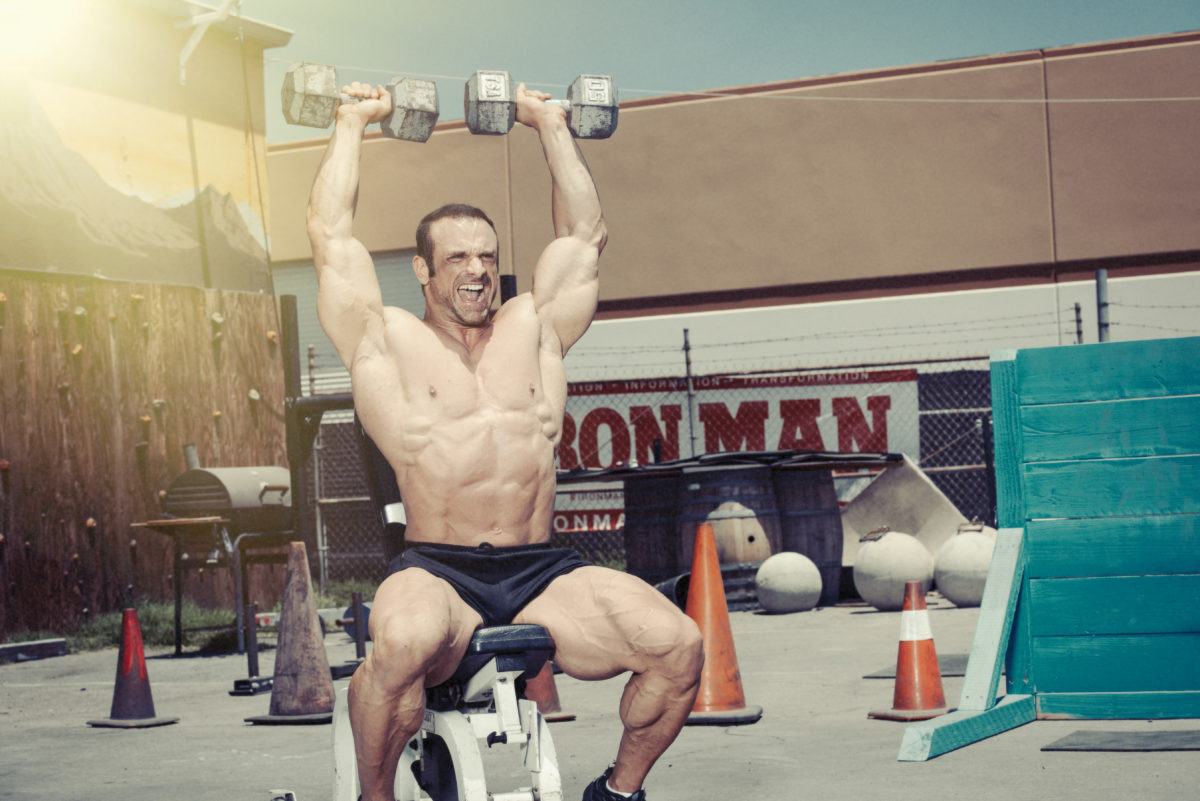
Shinning “D” Light On Body Composition
There has been mounting research concerning the positive impact vitamin D has on improving body composition and muscle performance of obese individuals engaged in resistance-training protocols. Correspondingly, sports nutritional researchers have discovered that reduced strength and muscle performance can in many cases be traced back to a vitamin D deficiency. Newer studies indicate that 25-hydroxyvitamin D also increases the size and strength of muscle fibers via its impact on a process known as phosphocreatine recovery kinetics (PCr). Per researchers at Michigan State University, this procedure is much more pronounced after high-intensity workouts. During phosphocreatine recovery kinetics, the production and renewal of the high-energy mitochondrial cellular molecule ATP (adenosine triphosphate) is heightened. This quick replenishment of phosphocreatine is considered a to be a positive biomarker of improved mitochondrial efficiency following muscle contraction. Additionally, while not publicized enough, vitamin D also regulates the actions of various genes in the body.
Because of the facts cited above, Dr. Holick firmly recommends that without using sunblock, we should be exposed to sunlight for five to 15 minutes daily. However, during the spring and summer months he suggests that the above practice occur at least three times a week. Conversely, Dr. Robert S. Stern, chair of the Department of Dermatology at Harvard’s Beth Israel Deaconess Medical Center maintains that the dangerous mistake many individuals make is suddenly basking in the sun versus steady exposure over time.
The Nitric Oxide Sunlight Connection
New evidence suggests that increased but limited exposure to sunlight positively upregulates the production of the molecule nitric oxide (NO), which promotes vasodilation (widening of the arteries). This facilitates the unobstructed flow of oxygen and nutrients to muscle tissue that enhances growth and workload capacity. Uniquely, researchers at the University of Edinburgh found that when sunrays hit the skin, nitric oxide is released into the bloodstream. From all indications, our skin stores huge amounts of nitrite and nitrate. However, much like free testosterone, the nitrite is biologically active, not the nitrate. Exceptionally, sunlight not only initiates the release of NO into the bloodstream, sunlight stimulates and modulates the conversion of nitrate to nitrite to nitric oxide (NO). While 99 percent of your resistance training efforts are most likely spent inside, the fact is, as stated earlier, researchers contend that when exposure to sunlight increases in conjunctions with workouts, this combo has a more profound impact on your anabolic milieu (internal surroundings), your stamina, and muscular growth than workouts alone.

Sunlight: Casting A Wide Anabolic Shadow
In a recent study at the Department of Leisure Sports, investigators at Nambu University in Korea looked at the effects of exercise with or without light exposure on sleep quality and hormone responses. They separated participants in this study into four different exercise groups (EG). The first group, called EG1, was exposed only to sunlight for 30 minutes. Group EG2 exercised only by walking and jogging for 30 minutes. Group EG3 participated in resistance training and sun exposure, while the EG4 group didn’t work out at all and had no sun exposure. These investigators found that after seven weeks that blood melatonin concentrations of the EG3 group (weight training with sun exposure) as compared to the EG4 group (no exercise and no sun exposure) were significantly higher. They also noted that the EG1 and EG3 groups realized more positive sleep-related hormonal responses, sleep habits, and quality of sleep. Based on these findings these researchers concluded that sun exposure or workouts with sun exposure improves both physical status and quality of life. In the long and short version concerning the last statement, the hormone melatonin regulates sleep, growth, and repair. In regards to sleep, at dusk or early evening, melatonin is activated by the pineal gland (located between the eyes) and circulated to all parts of body. It then binds with two receptors known as MT1 and MT2 in the brain, which suppresses what researchers call the anti-sleep altering signal. This is crucial to your ability to maintain slow-wave deep sleep or rapid eye movement sleep. During this state of sleep, your body conducts most of its internal repair processes, as well as releasing growth hormone (GH).
Uniquely, researchers at Baylor University recently reported that five milligrams of supplemental melatonin one hour before and after workouts stimulates GH releases at a greater rate while simultaneously lowering SST (somatostatin) levels in resistance-trained individuals. SST is a hormone produced by the hypothalamus gland, which inhibits the release of growth hormone. Similarly, in a study conducted at the Medical College of Wisconsin, investigators found that males who were administered melatonin because of low levels of GH had fat reduction levels of 14 percent with a corresponding nine percent increase in lean muscle development. While primarily known for its ability to regulate sleep, melatonin has an exceptional ability to force fat from the cell to be utilized as fuel.
The Serotonin Sunlight: Melatonin Dusk Anabolic Connection
Based on updated research, increasing your exposure to sunlight can resynchronize depressed hormonal and anabolic process. In this case, getting a little sun during the day helps the body maintain its built-in circadian rhythms by boosting levels of the hormone serotonin, also known as 5-hydroxytryptamine. Serotonin levels remain high when you are awake during the hours of sunlight and plummets during sleep, and rise again when you wake up. Conversely, the body begins to heighten its production and release of melatonin at sundown, which eventually induces sleep. This is your circadian rhythmic cycle, a 24-hour process or series of predetermined biological internal events. The role sunlight and sleep plays in enhancing these cyclic anabolic hormones and events is enormous. This notion is clearly highlighted in the comments below by researchers of the Department of Physiology, Anatomy, and Genetics at the University of Oxford. They state that “[a] promising approach could be to view sleep not as an entity, which has specific functions and is subject to direct regulation, but as a manifestation of the process of meta-regulation, which enables efficient moment-to-moment integration between internal and external factors, preceding history and current homeostatic needs.”
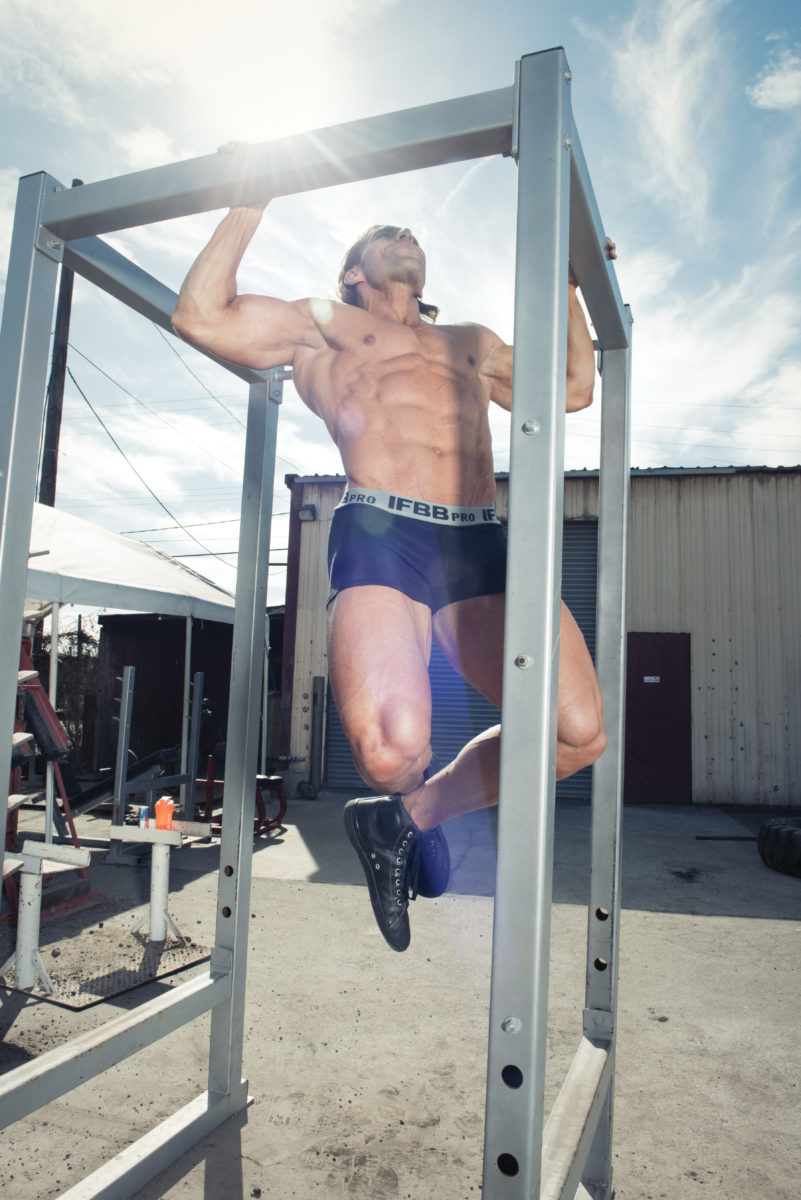
Please excuse the scientific jargon above, but remember the term homeostatic, which is defined as the tendency toward maintaining a stable equilibrium between interdependent elements that are maintained by physiological processes. As we have learned, despite current research data showing that 40 percent of us have poor sleeping habits, proper sleep and limited sun exposure are essentially anabolic co-factors. To this point, Dr. Greg Fahy of the Naval Medical Research Institute states that current data has conclusively shown that both melatonin and growth hormone levels fall in sync as the body ages. He reminds us that from a physiological standpoint, melatonin serves a dual purpose, which is to minimize the negative aspects of internal health and aging, while maintaining the biological aspects of internal anabolic symmetry or equilibrium. The take-home message here, as the heading of this paragraph proposes, regular or timed exposure to sunlight resets various hormonal clocks that impact how well you sleep and how well your internal anabolic/metabolic machinery works. As a seasoned or beginning resistance trainer, this aspect of building a lean muscular and healthy body is as important as those intense workouts of yours.
The Bright Side
Hall of fame bodybuilder Lee Labrada reminds us that what you do outside of the gym has the greatest impact on muscular growth and development. Chasing 15 to 30 minutes of daily sun exposure as part of your recovery efforts has far-reaching anabolic benefits and profound preventive and health maintenance benefits as well. IM






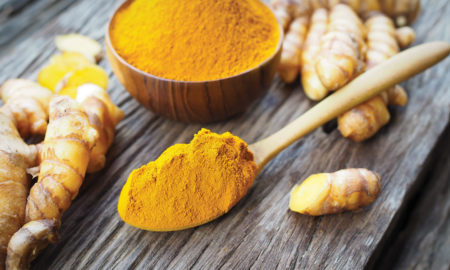






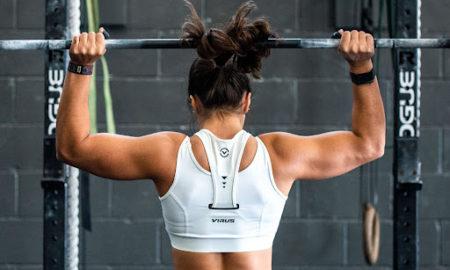




You must be logged in to post a comment Login